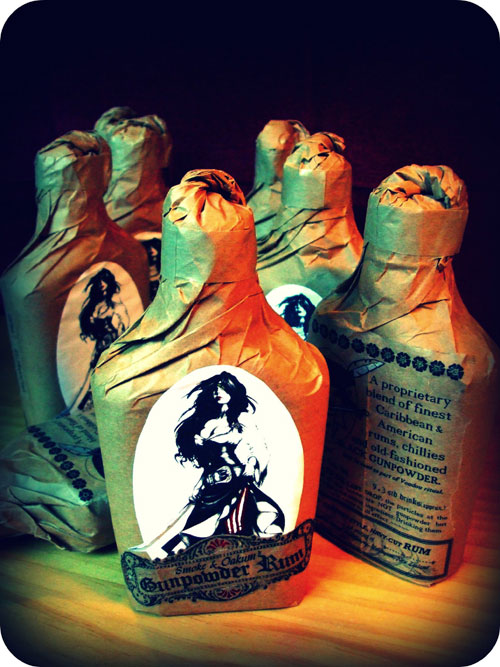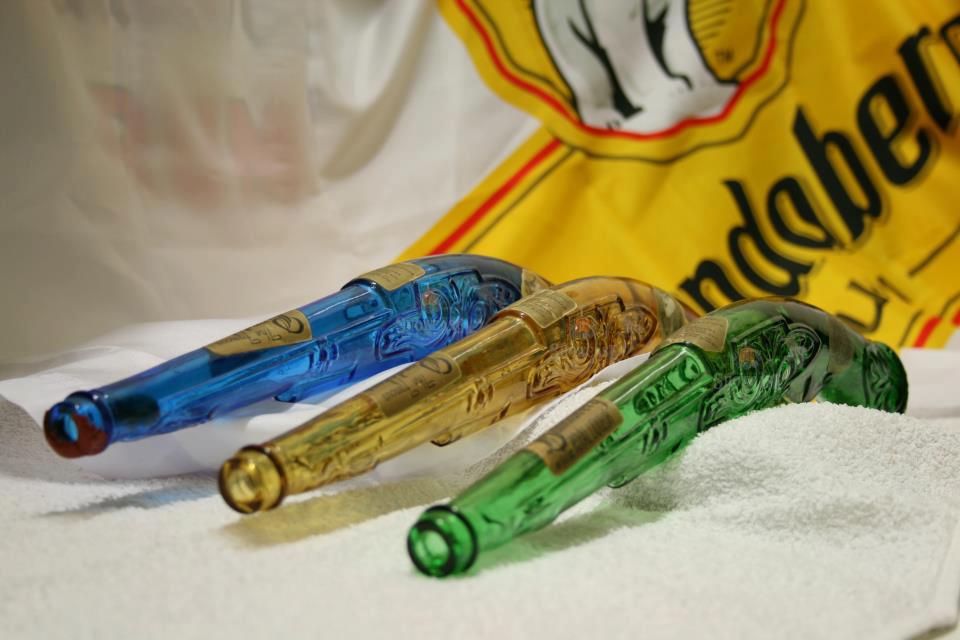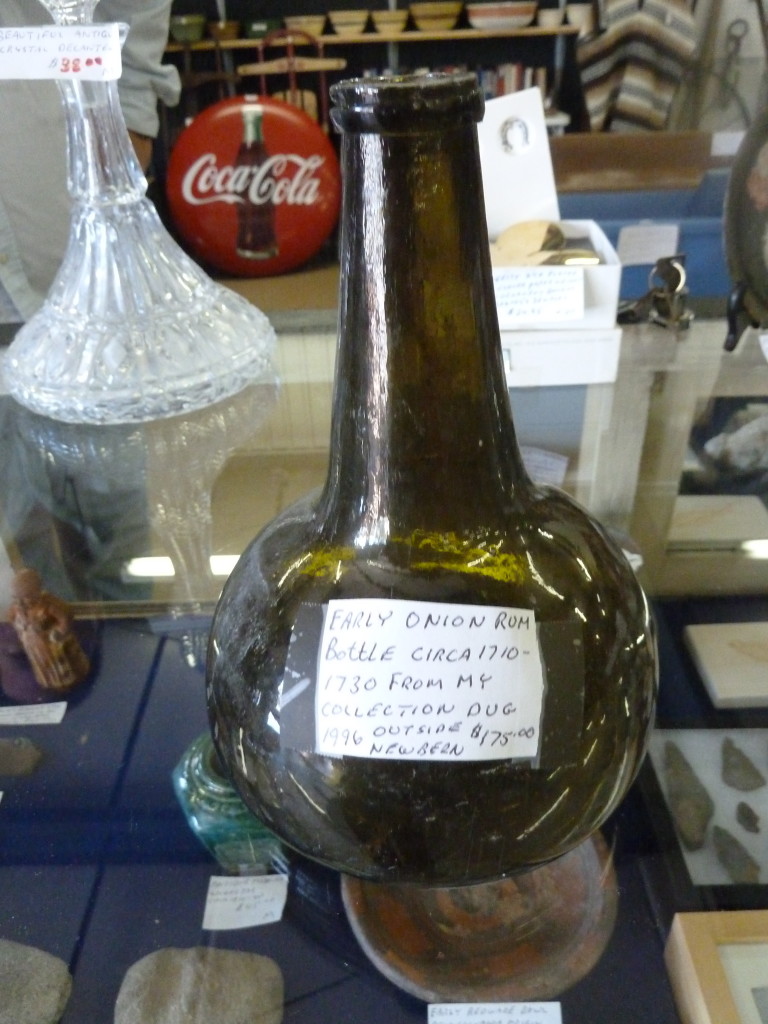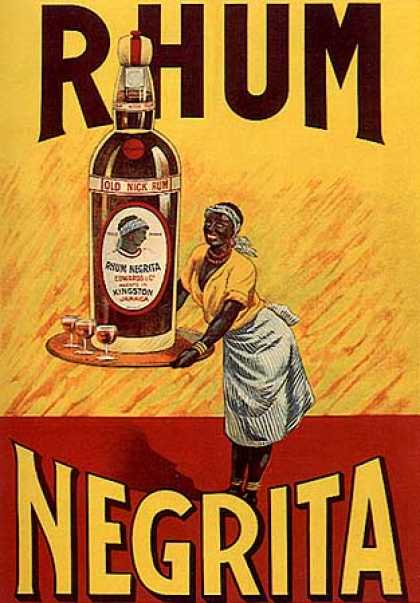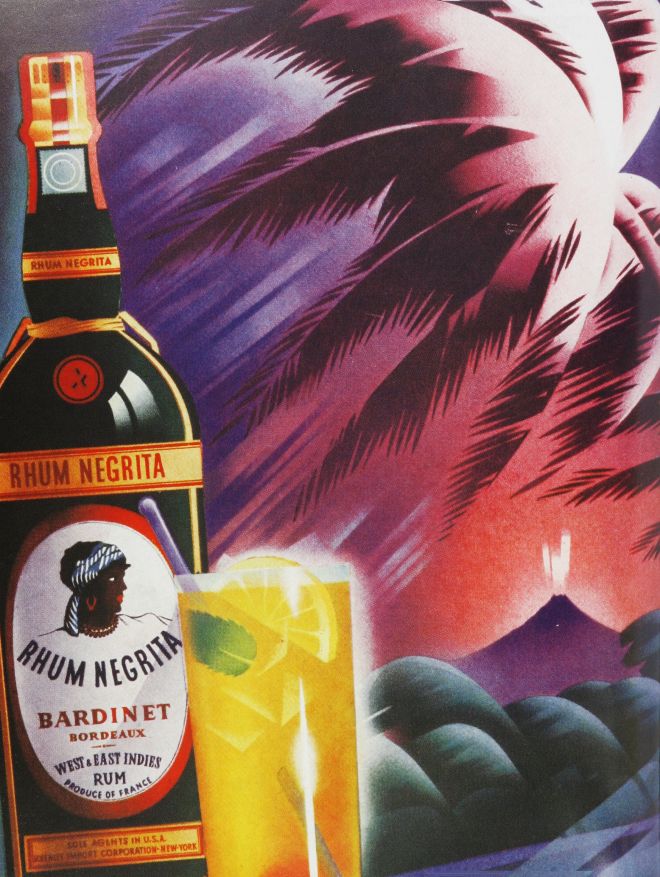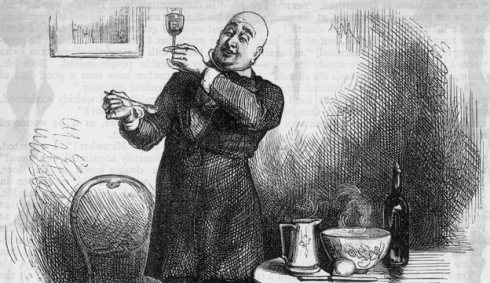Originally posted 20 June 2013
The popularity of pirate reenactment, which fosters romantic notions about what were, with rare exceptions, seagoing muggers and thugs, has led to many questions about the types of rum that pirates drank. I get enough of these that I decided to post answers to a few questions. One unusually thoughtful writer asked if pirates drank anyhing like the standardized dark rum that was produced for the Royal Navy. I find this highly unlikely, for several reasons. First, the strength of the naval rum ration wasn’t fully standardized until the Napoleonic War era of the early 1800’s, while most of the famous buccaneers flourished almost a century earlier. Second, naval-quality rum commanded a premium in most places compared to the rotgut made for local consumption and trade, so it is likely that thrifty mariners of ill repute would have bought the cheaper article for crew rations. They may have drunk better rum in port, but this was an individual choice.
It is worth noting that most of the rum consumed during the peak era of Caribbean piracy was probably not carefully aged dark rum, but pale spirits that were aged haphazardly if at all. The chemistry of aging was poorly understood, and though experienced drinkers must have noticed that the rum that sat in the holds for a while was better than companion barrels that were tapped immediately, there was little standardization or quality control before the 1750’s at the earliest. By then Blackbeard, Henry Morgan, and Calico Jack Rackham were all long dead, none having had a chance to enjoy a tot of the rum that was to become a symbol of the navy that ended their careers.

